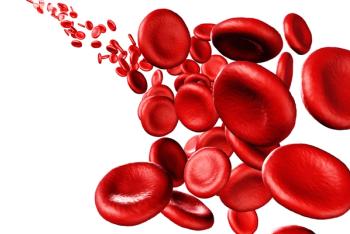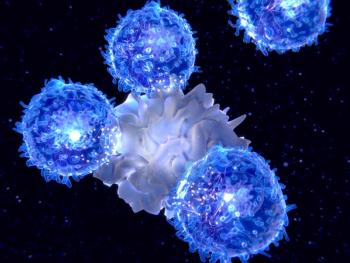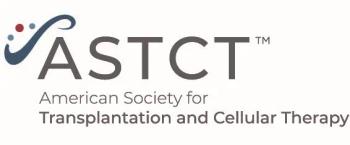
HDAC Inhibition With Decitabine Fails to Improve MDS, AML Outcomes
Adding the HDAC inhibitor valproic acid to decitabine did not improve outcomes in patients with myelodysplastic syndromes or acute myeloid leukemia.
Adding the histone deacetylase (HDAC) inhibitor valproic acid to decitabine did not improve outcomes in patients with myelodysplastic syndromes (MDS) or in elderly patients with acute myeloid leukemia (AML), according to a new phase II study.
MDS can evolve into AML in approximately 50% of patients,
In this phase II study, a total of 149 patients-87 with MDS and 62 with AML-were treated with either decitabine alone or with decitabine plus valproic acid. All patients were either considered “high risk” MDS patients, or had AML and were at least 60 years old; the median patient age was 69 years, and 42% of patients were at least 70 years old.
In the full cohort, 34% of patients achieved complete remission, and 55% had an objective response. The median survival was 11.9 months, and the estimated 2-year survival rate was 27%.
There was no difference in those outcomes between the valproic acid group and the decitabine alone group. Complete remission was achieved in 31% of the decitabine alone patients compared with 37% of the valproic acid patients (P = .497). The overall response rates in the two groups were 51% and 58% (P = .407). Six percent of the decitabine patients died within the first 8 weeks, compared with 4% in the valproic acid group (P = .582). Median overall survival was 11.2 months with valproic acid, and 11.9 months without (P = .92).
Toxicity was also similar between the two groups, though neurotoxicities were slightly more common in the valproic acid group. The most common grade 3/4 adverse event in both groups was a combination of infections/febrile neutropenia, at 11% in the combination group and 14% with decitabine alone.
The authors noted that these disappointing results are similar to those from another phase II trial that saw no benefit with the addition of another HDAC inhibitor to azacitidine. “The reason for these negative experiences may be that, in the context of MDS, HDAC inhibitors do not enhance epigenetic therapy favorably enough to improve outcome,” they wrote. “Another possibility is the use of a particularly weak HDAC inhibitor.” Several newer generation HDAC inhibitors, thus, may end up working better, as might hypomethylating agents and a differing scheduling regimen of the drugs.
Newsletter
Stay up to date on recent advances in the multidisciplinary approach to cancer.

















































































